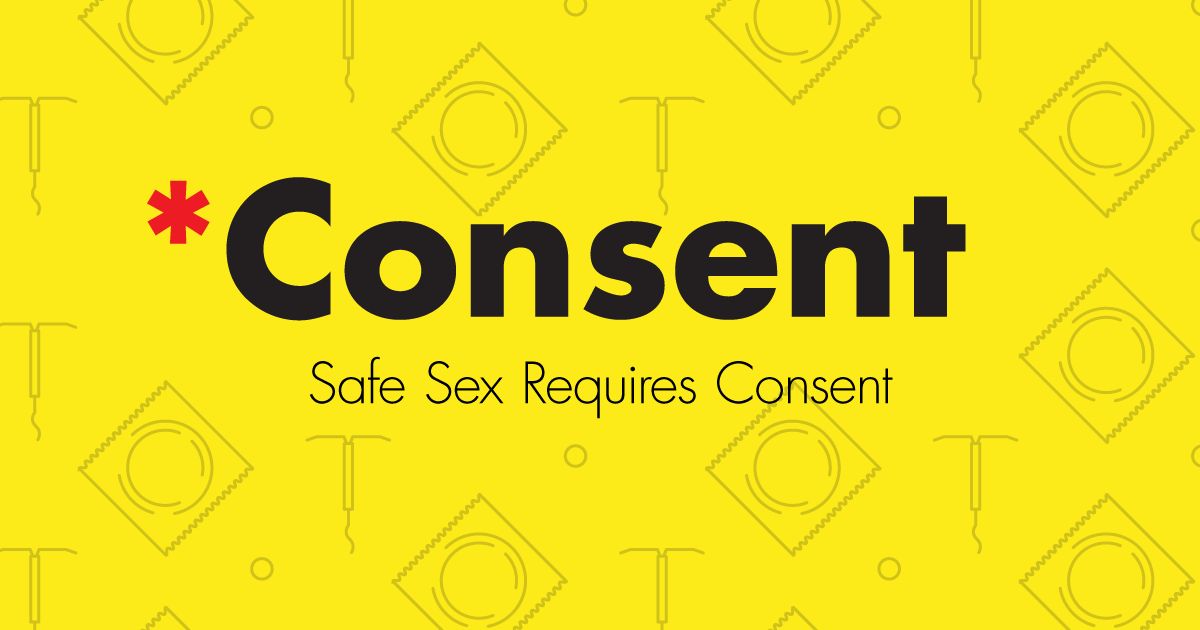Safe Sex Requires Consent

My background is in sexual health and healthy sexuality education. Many of the workshops I would present start with an overview of local data on sexual behavior, like condom use and STI testing. I would then ask participants if knowing about condom use and STI testing was enough to know about having safe sex. I would mostly present this program to 18-24 year old college men, and without fail, every time I would ask, “what needs to be present during a sexual encounter to be considered safe sex?” in unison, the room would echo, “consent.” And every time this would happen, I would feel a huge sense of relief that consent as a determining factor of safe sex is the new norm.
When we think of safe sex, some think only of preventing sexually transmitted infections (STIs) and unwanted pregnancy. By this logic, we assume that anything and everything that is noncontact or protected contact is safe for all parties. Protected contact includes using condoms or keeping all clothes on. If this is our standard definition of safe sex, then we can see how the bar is so, so, so low for an act to be considered safe. Fortunately, as was my experience in presenting my workshops, this isn’t how most people view safe sex.
A holistic view of safe sex and sexual health beyond STI and unwanted pregnancy prevention is not limited to college students, but is supported by major health organizations, such as the Centers for Disease Control and Prevention and the World Health Organization, and supported by the massive amounts of work done in our field to use a healthy sexuality framework to violence prevention. For evidence of this, just look at all the resources linked below! We see more and more each day how consent becomes part of safe sex and sex education, with consent being the lesson we start with at the youngest age and a cornerstone for defining safe sexual experiences.
Regardless of protection used or opting for sexual acts that won’t result in STI transmission or unwanted pregnancy, we as a society don’t consider harming others to be a positive health behavior, or even a decent human behavior. We must continue to push for consent to be as key of an element to safe sex as condoms, birth control, and STI prevention and treatment are so that when anyone, like my workshop students, thinks of safe sex, they think of consent first. Consent is such a low bar, but so essential for safe sex and preventing harm to others.
For inspiration on building consent conversations into sexual health and healthy sexuality education, check out these links:
- Let’s Talk About Sexual Health to Support Sexual and Domestic Violence Prevention, a PreventConnect web conference
- An overview on healthy sexuality and sexual violence prevention, National Sexual Violence Resource Center
- Consent is ______________., a CALCASA blog by Meghan Yap
- Some schools are rethinking sex ed with lessons on consent, PBS NewsHour
- Promoting Healthy Sexuality as Sexual Violence Prevention, Oregon Sexual Assault Task Force
